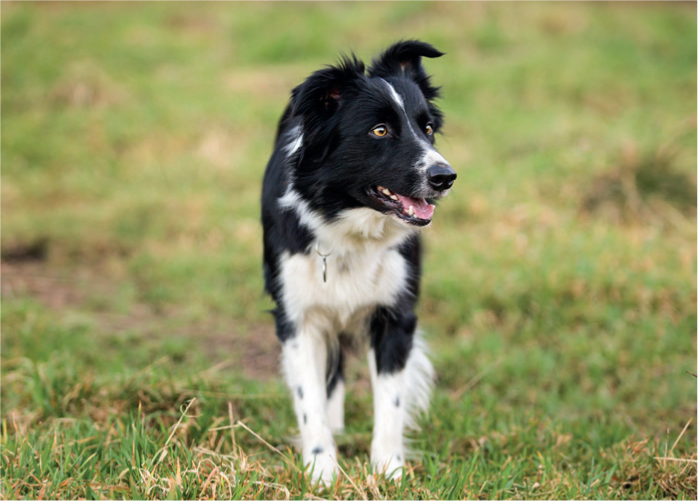In recent years, there has been a growing awareness among both veterinary professionals and pet caregivers, that pets may become stressed and therefore exhibit unusual, unpredictable or abnormal behaviours during events such as Christmas, Bonfire Night on November the fifth, or other large family gatherings. What is less known is that at other times of the year, pets may become overexposed to too many mild stressors in short succession, a chronic stressor, or a combination of mild and chronic stressors in which case they may display unusual or abnormal behaviours as their capacity to cope with the stressors is reduced. Behaviourists refer to this phenomenon popularly as trigger-stacking.
A trigger may be an addition to the environment that causes pets to decrease their ability to cope with the presentation of that trigger, or too many triggers which decrease the pets' coping ability further and render them unable to maintain emotional control. While not triggers per se, other changes that pets experience may add an additional layer of stress. For example, these include changes in routine, unexpected caregiver absences, a change to an exercise regimen (too much, or too little), long car journeys, unknown visitors, a sudden change in temperature, and/or the arrival of a new baby or pet into the household, to name a few.
Certainly, there are some pets that are genetically less able to cope with stress than others. However, not all stress is bad, and it is important to remember that the adaptive purpose of a physiological stress response is to promote survival during flight or fight situations.
Case study
Tom a 2-year-old neutered male Border Collie presented with reactivity towards children, some adults, and some other dogs. Described by his caregivers as being unpredictable, Tom was friendly towards all humans and dogs who visited his home. Case history revealed that Tom had a long-standing fear of traffic from when he was taken outside at 12 weeks of age. When observed outside, he would become focused on a moving vehicle, and then lunge at it. As Tom lived in a flat with only occasional access to a communal garden, he was walked frequently for exercise and toileting purposes. The roads around Tom's home were busy with traffic and the twice daily walk to the local park involved a long walk beside a busy main road. Thus, Tom was over exposed to traffic; and, as he became more stressed, his emotional control decreased.
Changing Tom's environment by avoiding walks close to traffic and beginning desensitisation and counter-conditioning to traffic reduced Tom's overall stress and reactivity (Figure 1).

Case study
Winston a 12-year-old DNA male tested Scarlet Macaw that had had eight previous homes presented with compulsive regurgitating behaviour in the presence of his new caregiver, who perceived this behaviour as being sexually motivated. Winston lived in close proximity to the other pets in the household (two dogs, four rabbits, three other parrots and a Gecko); the household was noisy and chaotic. Case history revealed that when Winston was taken away from the other pets into another room, the unwanted behaviour decreased and/or ceased to happen.
Changing Winston's environment to allow for him to choose to have privacy and time away from the other household pets further reduced the unwanted behaviour to normal and acceptable levels (Figure 2).

Conclusion
When caregivers seek advice for their pet's unusual or abnormal behaviours, it is essential that a comprehensive case history is taken to identify whether or not the environment that the pet is being kept in and other potential triggers are initiating and maintaining the behaviour.


